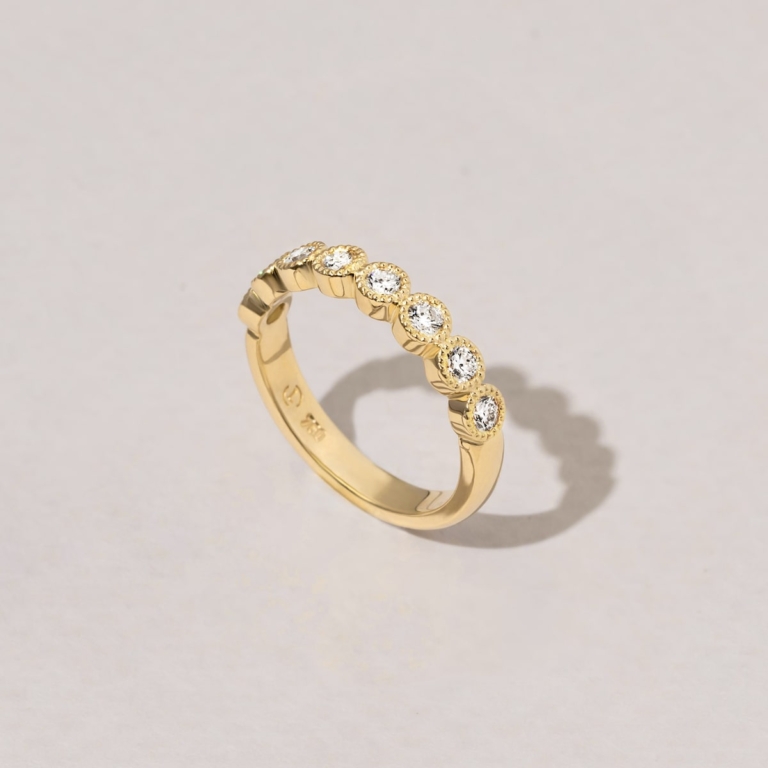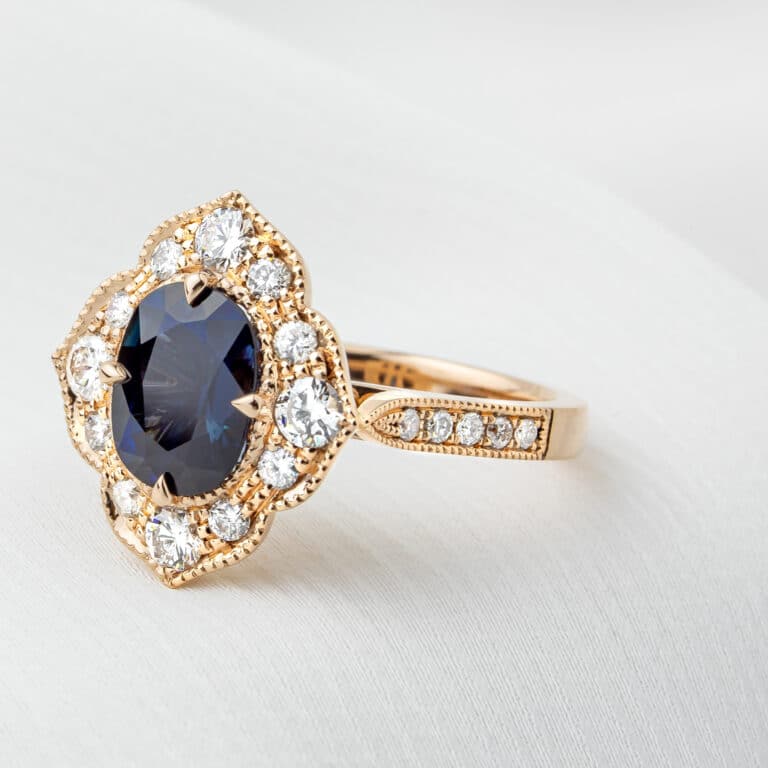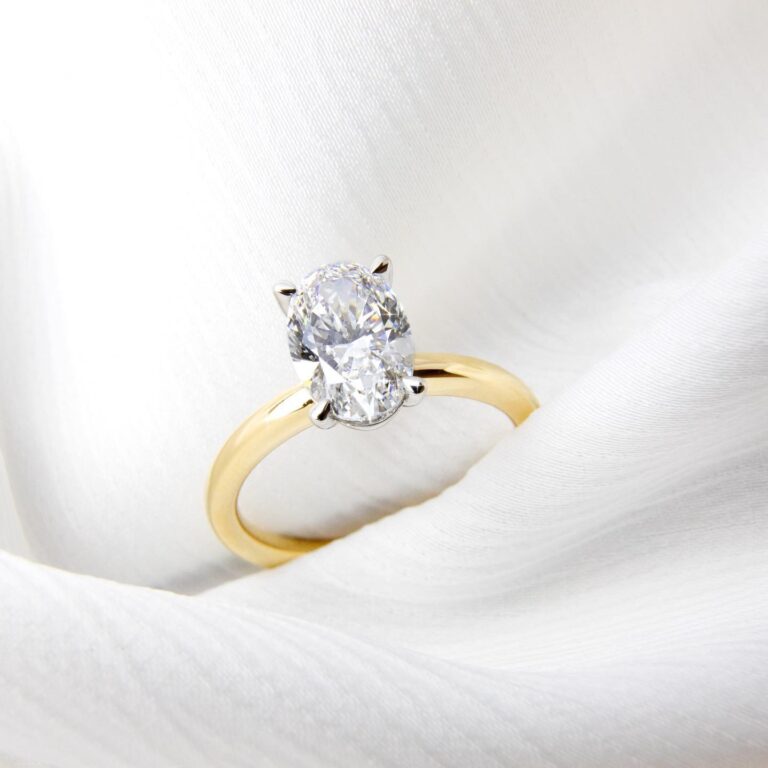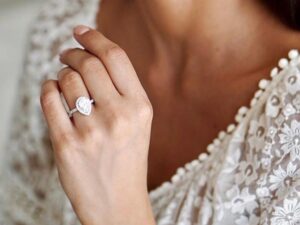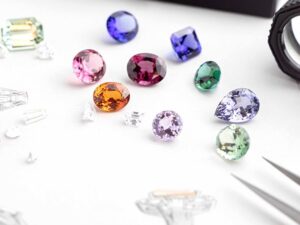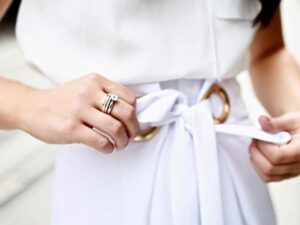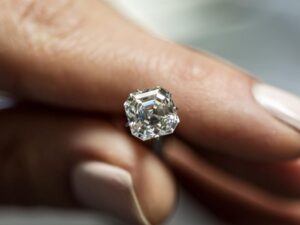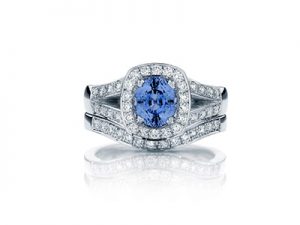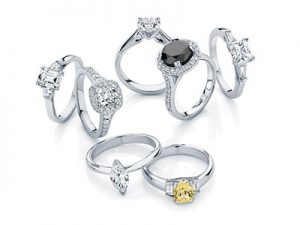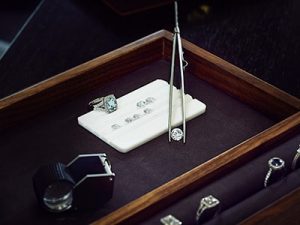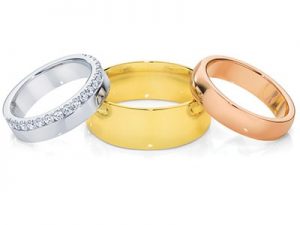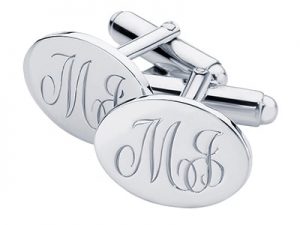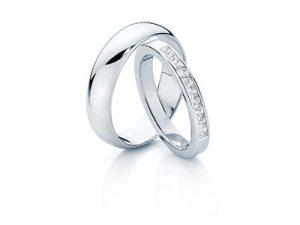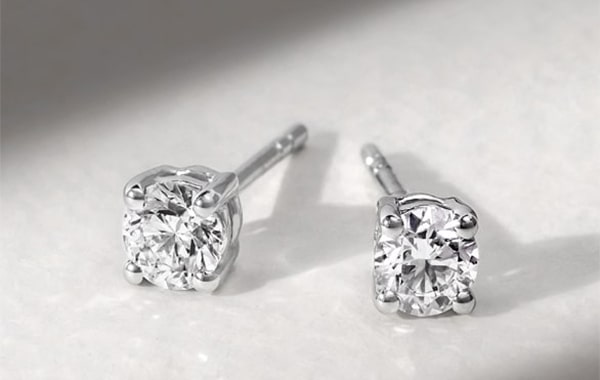Introduction to Pearl Jewellery
by Kate Reid
March 10, 2023 / Jewellery Buying Guide
There’s a reason pearls and diamonds are such a classic combination in jewellery — the lustre and shine of the pearl can have a lovely subtle offset to the sparkle of the diamond or gemstone, whether it’s pearls in earrings or necklaces. Pearls have been used in jewellery since before the start of the millennia, with some of the earliest pieces dating back to 420 BCE.
With this queen of gemstones, then, how do you use it in jewellery? How do you take care of it? What are some things you should consider when looking for pearl jewellery?
What Jewellery Is Appropriate For Pearls?
Because of the softness of the pearl itself — 2.5 on the Mohs scale, with a 10 being diamond — and also the external layer of nacre being so easy to damage, at Larsen Jewellery, we don’t advise including pearls in engagement rings or rings you plan on wearing daily. That’s why you’ll mostly see we use pearls in earrings or necklaces, as both of those types of jewellery tend to get less bumps and knocks than rings.
How Do You Tell If Pearls Are Real?
One of the easiest ways to tell if a pearl is real is to actually gently run it along the face of a tooth. If it’s real or cultured, it’ll feel gritty. If it’s not, it’ll feel slippery. Usually real or cultured pearls are initially cool to the touch at first and then warm up.
If you put a pearl under light, it should have a somewhat iridescent sheen and play of light. A fake would reflect more light than a genuine pearl.
If you go to a jeweller and enquire if a pearl is real, some of the methods which may be used to validate pearls include x-rays, using a microscope to check for the correct type of surface pattern, or using a loupe to check for imperfections in the surface, which are expected for genuine pearls.
Why Are Pearls So Precious?
Simply put, pearls are precious because for a long time they were quite rare, and seen as a display of wealth and beauty for royalty. The process of pearl creation requires a very specific set of circumstances that for a long time we couldn’t replicate ourselves. We even over-harvested pearls in the 1800’s almost to the point of natural pearls disappearing. They’re only one of a handful of organic gemstones (including amber), and the only gem created by a living creature.
What Are Pearls Made Of?
Pearls are made of a substance called nacre. They’re created when an irritant gets deep into a mollusc and to protect itself, it coats the object in nacre. Over time, it builds upon these layers, forming a pearl. A mature oyster can take anywhere from 6 months to multiple years to create a pearl.
What’s The Difference Between Natural And Cultured Pearls?
Natural pearls are found in the wild, where cultured pearls are deliberately triggered by implanting a seed into the oyster, grown, and managed by human intervention on a farm. Most pearls on the market today are cultured — naturally occuring pearls are extremely rare.
Caring For Pearls And Ageing
While we have a whole guide on caring for jewellery, pearls included, we’ll quickly recap here. Pearls, as they are so soft, shouldn’t even be cleaned in warm, soapy water like other gemstones. Simply wipe thoroughly with a soft cloth after each wear to remove skin oils and other day-to-day residues you might encounter. The general rule to follow is that pearls should be the last thing you put on and the first thing you take off. That way, substances such as perfume or hairspray will never be sprayed directly onto the pearls. If you’re not sure how best to clean a stubborn something from your pearl jewellery, it’d be best to take it in for a professional clean.
Pearls, as they age, will change in colour and typically go warmer and darker, with whites tending to cream shades and even yellow. This is a natural process and can’t be reversed.
Pearl Colours
The most commonly known colours for pearls, both freshwater and seawater, are white and cream, which is what we use. However, pearls do come in other colours, and generally, the colour of the pearl, cultured or natural, isn’t one that we can influence. Some say the colour of the mother-of-pearl on the shell of the mollusc will give a hint as to what colour the pearl could likely be.
If a cultured pearl is dyed, the jeweller or gem broker should tell you this when you’re buying it.
Pearls are often a lovely balance and counterpoint for your sparkling and scintillating jewellery, whether it’s for everyday or special occasions like an anniversary or bridal jewellery for your wedding day. Like with many other gemstones, it’s best to go into the conversation with your jeweller with a bit of knowledge and understanding about the stone you’re choosing and its limitations, benefits, and why you yourself like it.
